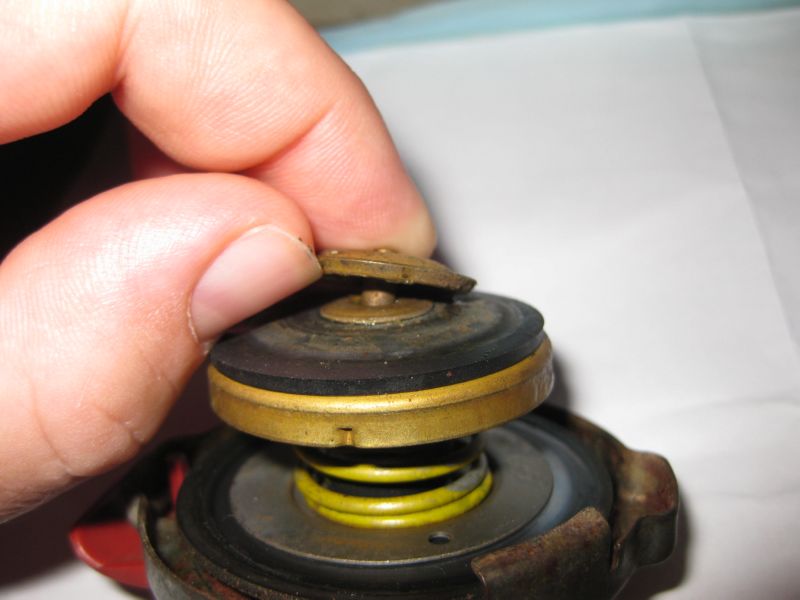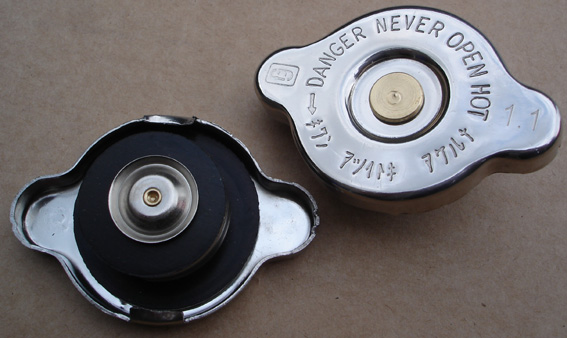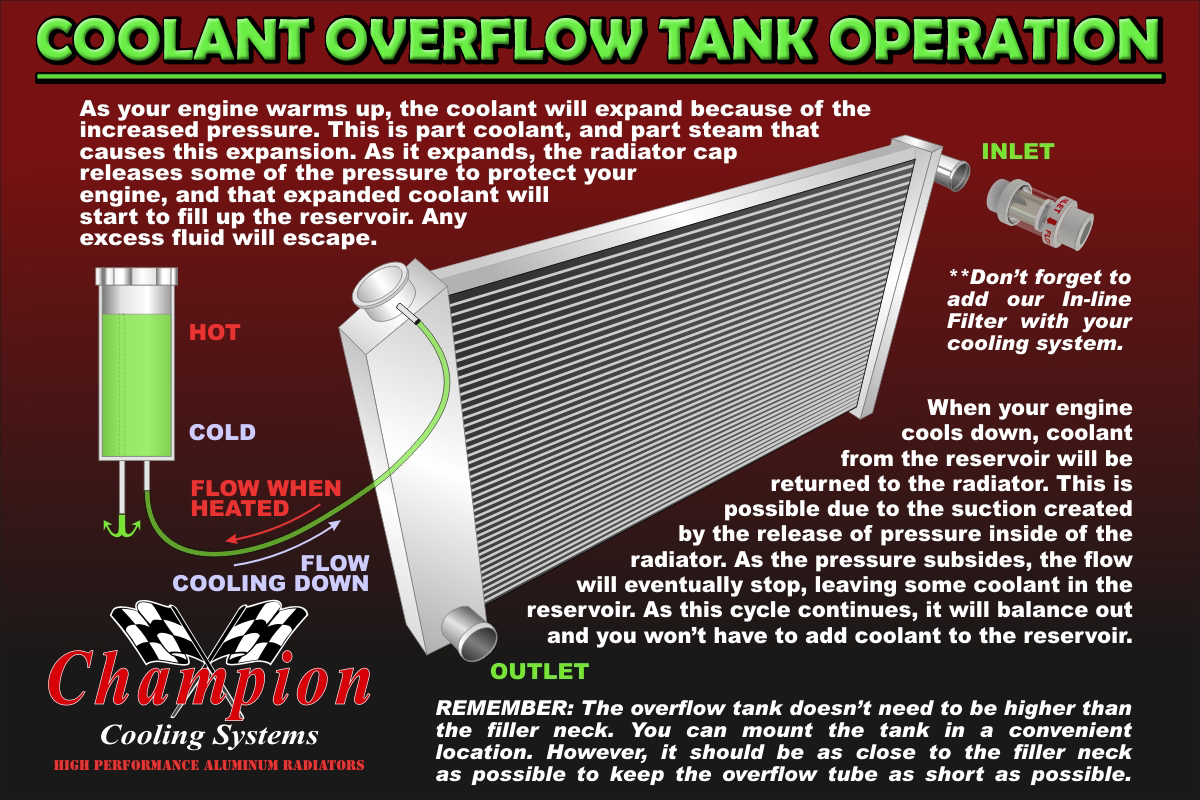Given that ill be running an unpressurized recovery tank i believe the two caps shown below are the correct type. The swiv el design allows the cap to be installed and removed much easier than conventional radiator caps.
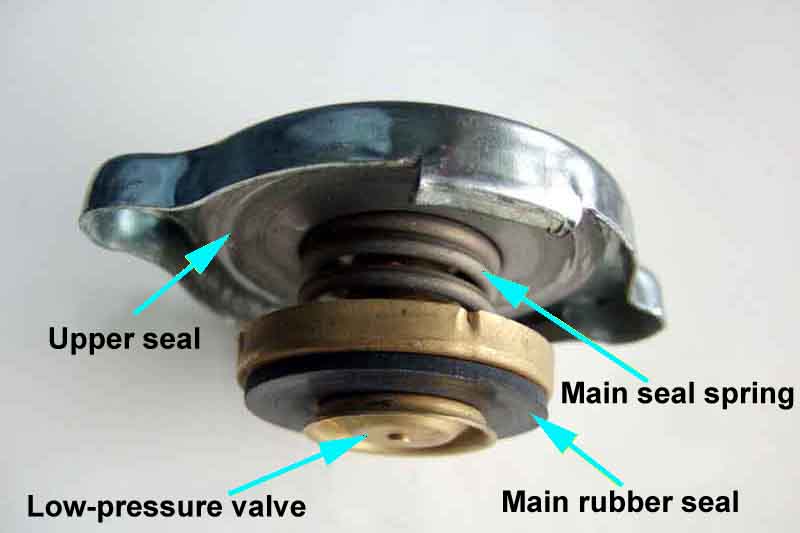
Radiator Cap
Non vented radiator cap. So if its vented it will allow coolant to drain from the high points ie. A faulty radiator cap can cause your car to boil over at a lower temperature. The 10231 on the radiator 16 psi vented cap and the 10203 on the recovery tank 0 psi cap that just prevents. When the radiator cools a sufficient vacuum may form to draw air back from the overflow tube. A non vented cap will not allow pressure to enter the system. The radiator cap needs to be non vented.
Youll end up with a big air bubble in the engine and an overflowing overflow tank. Meets original equipment specifications. The top of the engine into the overflow tank. If you do not then it will create a vacuum inside of the radiator as it cools. The cap will not allow air or coolant to expand out of the radiator until the design pressure is met 7 or 13 lbs depending on model at which point you may have an overheating condition. Made from premium materials.
The radiator cap is not the highest point in the cooling system. Test or replace the coolant cap when servicing the cooling system. When running a non pressurized coolant recovery tank its my understanding that the radiator cap should be of the vented type to allow the radiator to draw the coolant back out of the recovery tank during cool down. This means that if you remove the cap and allow the pressure to be released then you must wait until it has cooled back down before putting the cap back on. But there are many conflicting opinions on this.
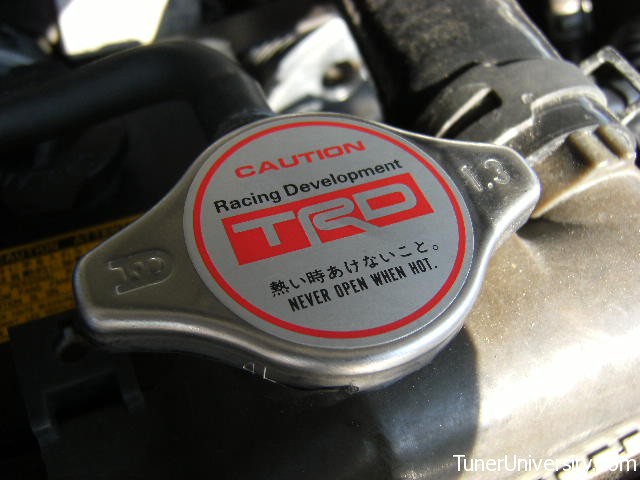



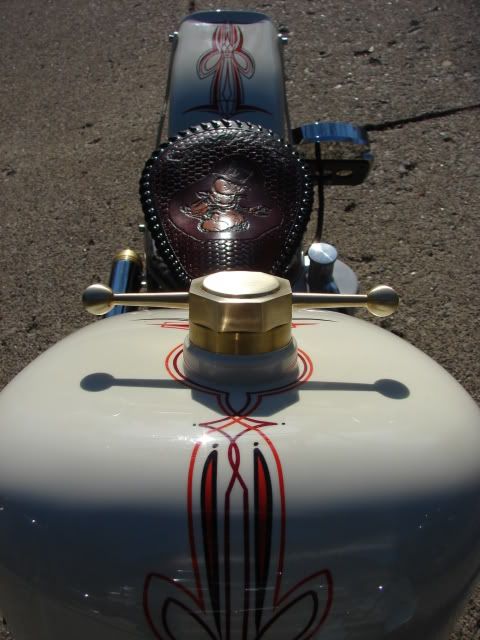



%2C445%2C291%2C400%2C400%2Carial%2C12%2C4%2C0%2C0%2C5_SCLZZZZZZZ_.jpg)

